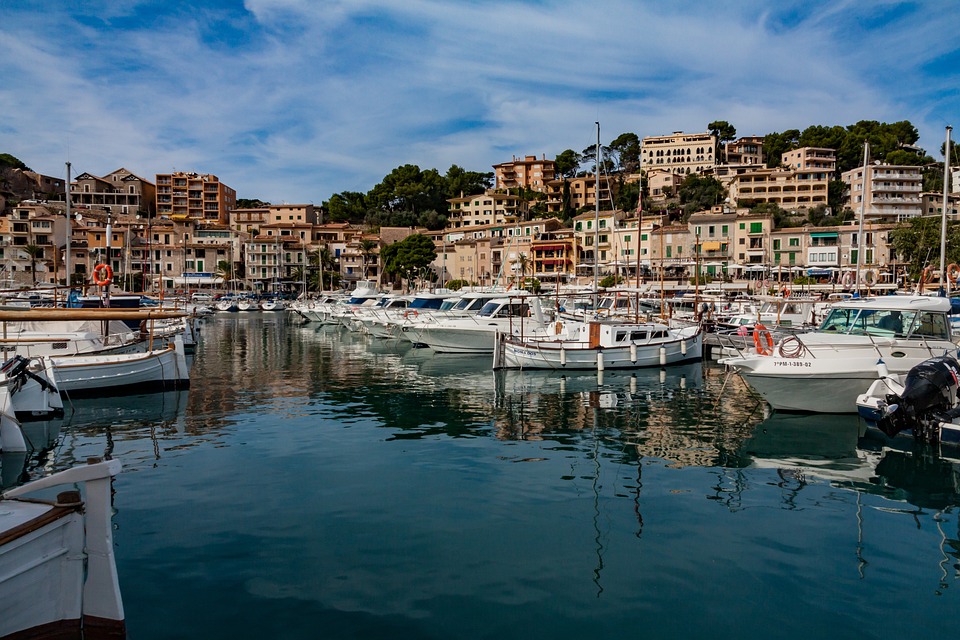Introduction
Peñíscola, a picturesque coastal town located in the province of Castellón, Spain, is a hidden gem that seamlessly combines a rich historical past with a vibrant modern culture. With its stunning medieval castle, charming old town, and beautiful beaches, Peñíscola offers visitors an enchanting blend of history, natural beauty, and cultural experiences.
The Castle: A Glimpse into Medieval Spain
Perched on top of a rocky outcrop, the Castle of Peñíscola is a breathtaking sight. Built by the Knights Templar in the 13th century, it later became a residence for the infamous Pope Benedict XIII during the Great Western Schism. Today, visitors can explore the castle’s well-preserved walls, towers, and courtyards, immersing themselves in the fascinating history of the region. The panoramic views of the town and the Mediterranean Sea from the castle’s vantage point are simply awe-inspiring.
The Old Town: A Journey Back in Time
Wandering through the charming streets of Peñíscola’s old town is like stepping back in time. The narrow, winding alleys are lined with colorful houses adorned with flower-filled balconies and picturesque squares. The well-preserved architecture reflects its Moorish, Christian, and Templar influences. The Plaça de Santa Maria, with its beautiful church and lively restaurants, is a perfect spot to savor authentic Spanish cuisine while enjoying the bustling atmosphere of the town.
The Beaches: Nature’s Playground
Peñíscola is blessed with stunning beaches that stretch along the coastline. Playa Norte, the main beach, offers crystal-clear waters and golden sand, making it an ideal spot for sunbathing and swimming. Adventurous visitors can indulge in various water sports or explore the underwater world through snorkeling or scuba diving. For a more secluded experience, venturing to the pebbled cove of Cala Irta or the pristine sands of Playa Sur will provide a tranquil escape.
Festivals and Events: A Celebration of Tradition
Throughout the year, Peñíscola showcases its vibrant culture through a series of lively festivals and events. The Fiestas de la Magdalena, celebrated in March, is one of the most important events in the town, attracting thousands of locals and tourists. The festival combines religious processions, traditional dances, music, and fireworks, creating an atmosphere of joy and excitement. Other festivals, such as the Moors and Christians Festival and the Medieval Fair, offer visitors a glimpse into the region’s historical traditions and folklore.
FAQs Section
Q: How do I get to Peñíscola?
A: Peñíscola is well-connected to major cities in Spain. The nearest airport is Valencia Airport, which is approximately 140 kilometers away. From there, you can take a bus or rent a car to reach Peñíscola.
Q: What is the best time to visit Peñíscola?
A: The best time to visit Peñíscola is during the spring or autumn seasons when the weather is pleasant and the town is less crowded. Avoid visiting during the peak summer months if you prefer a more relaxed and tranquil experience.
Q: Are there accommodations available in Peñíscola?
A: Yes, Peñíscola offers a variety of accommodations to suit every budget. From luxury hotels and resorts to cozy guesthouses and apartments, there are plenty of options to choose from. It is advisable to book in advance, especially during the peak tourist season.
Q: Are there any other attractions near Peñíscola?
A: Yes, nearby attractions include the Natural Park of Serra d’Irta, which is perfect for hiking enthusiasts, and the town of Benicarló, known for its rich agricultural heritage and local produce. Both are worth exploring if you have additional time during your visit to Peñíscola.
Q: Is Peñíscola suitable for families?
A: Absolutely! Peñíscola offers a family-friendly environment with a range of activities tailored for children. The beaches are safe, and the town provides entertainment options such as amusement parks and nature reserves suitable for all ages.
